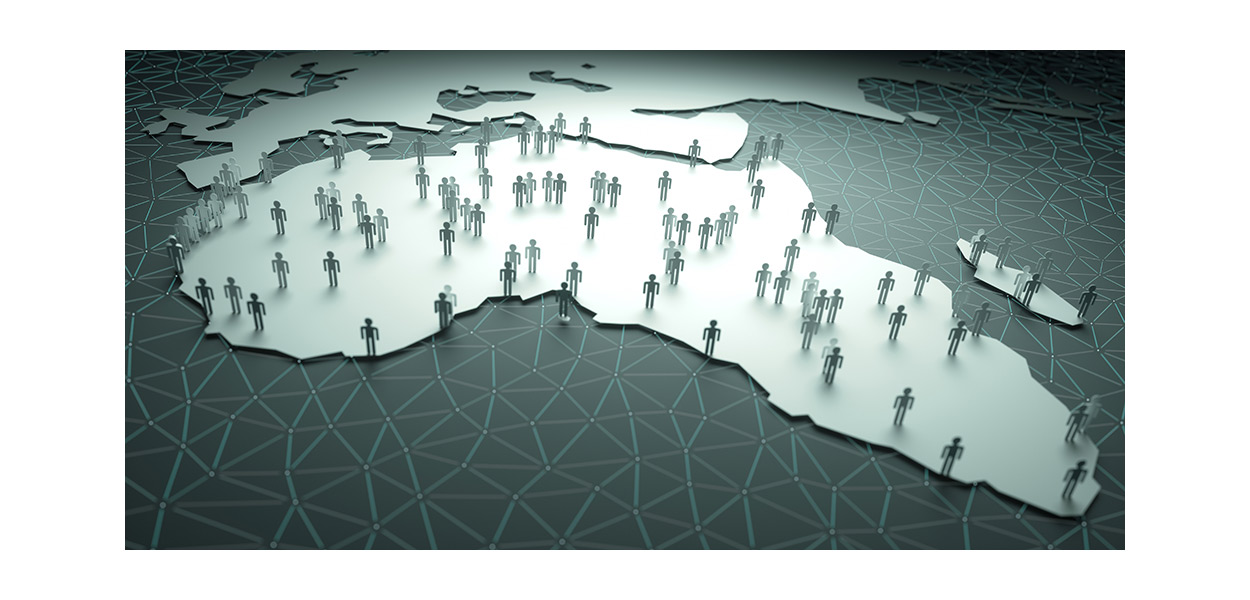Article by Arthur Goldstuck Founder and Managing Director at World Wide Worx.
One single statistic revealed this week summed up a dramatic shift in technology use across Africa.
At the Saphila 2017 conference at Sun City, where customers of the global enterprise software company SAP gathered, the company announced that its cloud software business had grown by a massive 147% across Africa in the past year.
At the same time, its on-premise business, where it has traditionally been a world leader in enterprise resource planning software, grew ‘only’ at a respectable 21%.
Brett Parker, MD of SAP Africa, also revealed that the latter now made up less than a fifth of the company’s revenue in Africa.
This, he said, meant that migration to the cloud was happening more rapidly across the continent than anyone had anticipated; it also showed that businesses were leapfrogging traditional enterprise resource planning software in much the same way that cellphones had allowed consumers to leapfrog landline phones on a massive scale. This was opening up many opportunities for innovation.
“There are things happening with technology in African countries that are not happening anywhere else in the world, both in private businesses and the public sector,” Parker said in his opening keynote address.
“It’s amazing what the Internet of things, big data, artificial intelligence and robotics can do right now.” Examples ranged from new ways of increasing crop yields to healthcare solutions.
“In Kenya, one of the biggest causes of death of females in rural areas is cervical cancer. We’ve introduced digital analysis through our cloud platform that provides diagnosis in hours rather than weeks, saving many lives.”
In Rwanda, US start-up Zipline has launched the world’s first regular commercial drone delivery service, to drop blood parcels on parachutes to remote health centres.
“A urology clinic in Pretoria recently acquitted robotic prostate operation capability. When you operate on prostate cancer patients with robotics, because it is not so invasive, instead of the patient taking five to six weeks to recover, it’s a four to five day recovery period. Think of the savings.”
Later, in an interview with Business Times, he stressed that there were limitless opportunities. “For example, if sensors can pick up nutrients in the soil and the amount of rain it’s had, they can send the data to a digital boardroom, to be analysed and to decide on changes to fertiliser. In Morocco, they have shown that this can improve crop yields by 30%.
“It ranges from M-Pesa for the consumer in Kenya, to farmers using sourcing management in Uganda. In South Africa, the MineRP analyses geospatial data to predict the yield of certain minerals in the ground, taking out human error and enhancing productivity and value.
“It’s not going to stop. There are too many challenges on this continent that technology can address in new ways.”
Cameron Beveridge, head of SAP Africa’s cloud division, said this has massive implications for business. “It may be a great market for cloud services vendors, but it is also a fantastic business opportunity for any company that is active on the continent and ready to leverage all these tools.”


